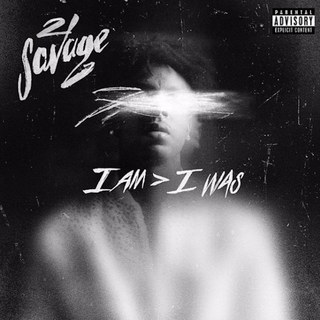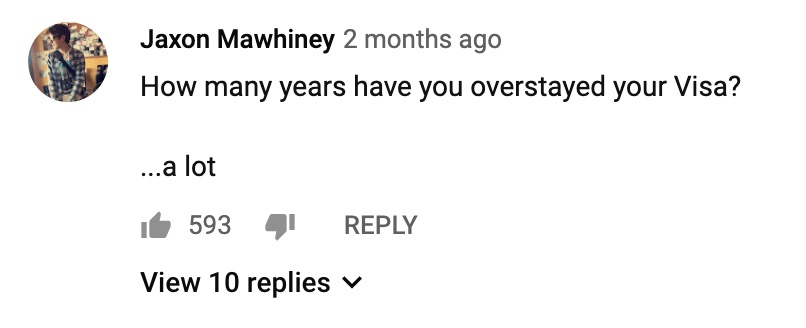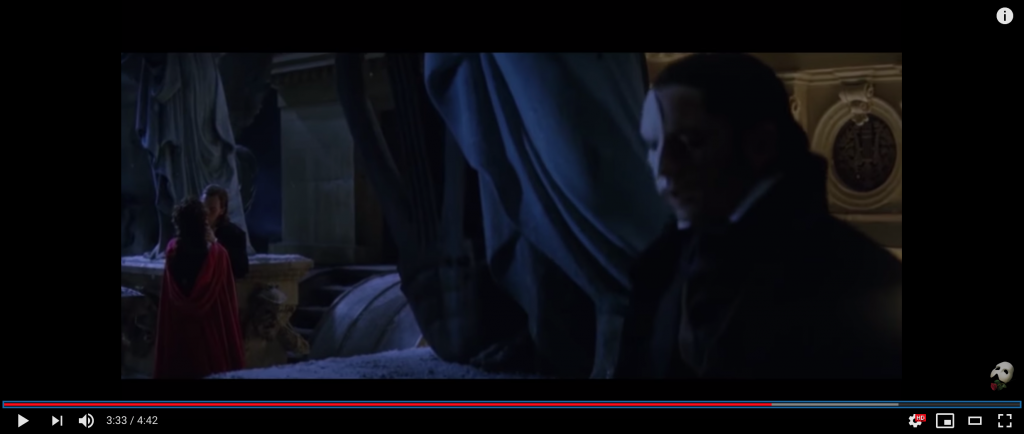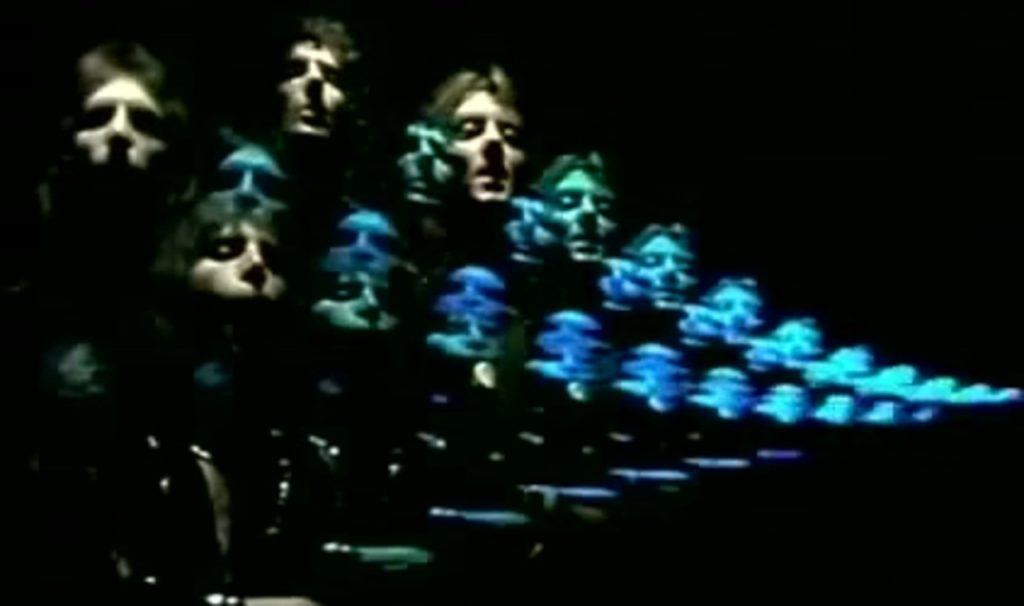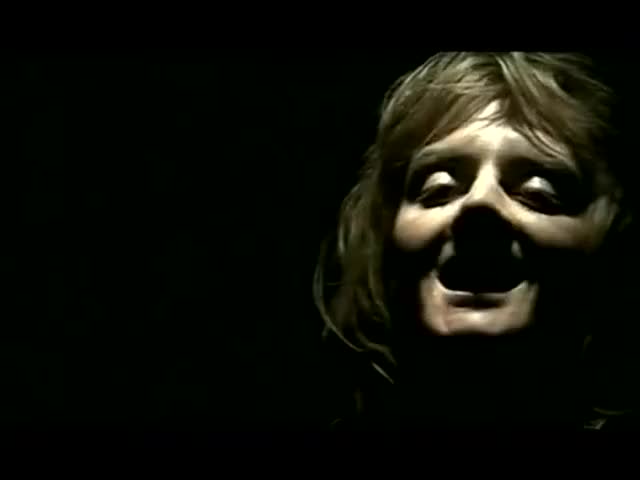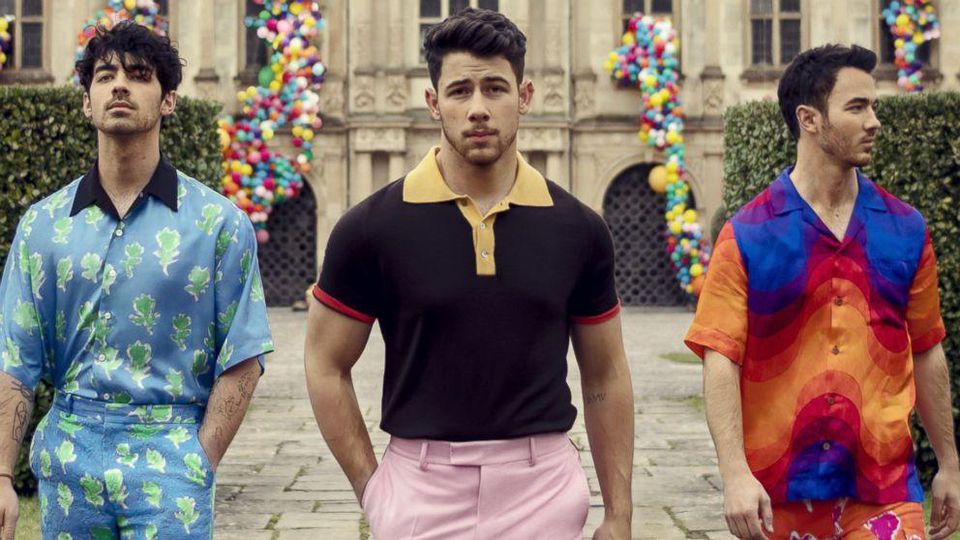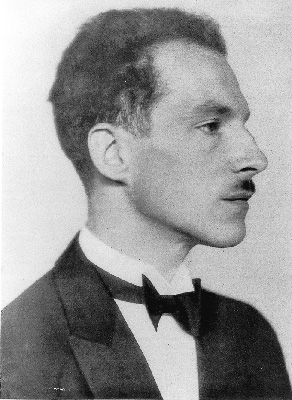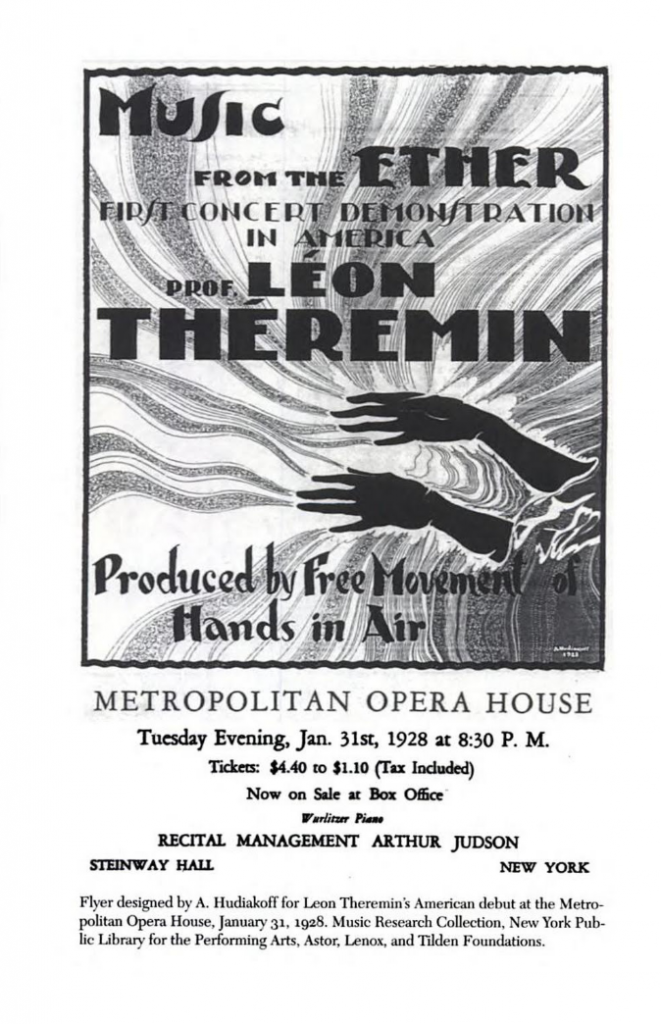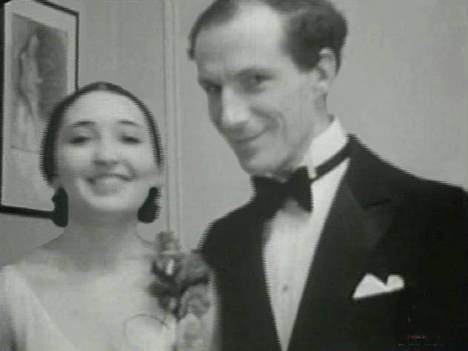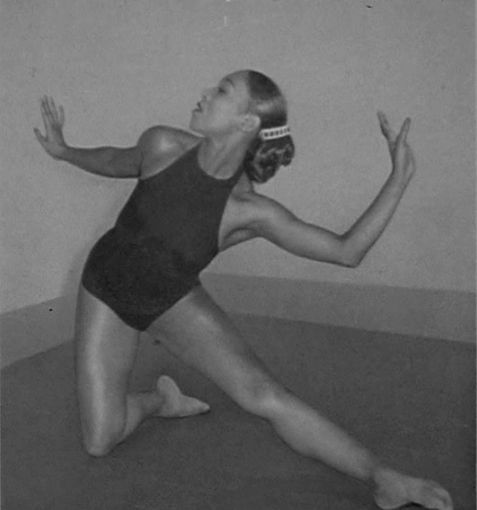Music in America has been forefront in the efforts to change the world. From Nina Simone to Jimi Hendrix, musical artists have used their medium to speak out against oppression and voice their opinions. John Mayer offers his own take on this in his single, “Wating on the World to Change.” The song is one of Mayer’s most popular; it won a Grammy for Best Male Pop Vocal Performance.
The music video on YouTube has nearly 41 million views. The video opens with pictures of New York City. John Mayer walks stoically along the East River. He looks out over the river, waiting for something to happen, waiting for the world to change. The video cuts to three graffiti artists, Futura 2000, Tats Cru, and Daze. They are gathering supplies for some large graffiti projects across the city. The rest of the video shows broken clips of them working on their art. It is in slow motion, with a blue filter that gives a laid-back and chilled out mood, fitting the music very well. We do not see their completed art until the end, creating an element of suspense as the song progresses. When it is revealed, we see that their art relates to the theme of the song. The first image is the word “Exploited” written on a wall, with the ‘O’ exploding into pieces. This depicts the exploitation of humans and the planet that happens in the US and around the globe. The next image is the words “wake up!”, with the ‘K’ constructed of assault rifles. This points to anti-war efforts and gun violence. Across the city, we see pictures of a circular design which perhaps depicts an atom, warning about the horrors of nuclear weapons. Finally, the word “Think” is written in bold letters on a billboard. All of these things illustrate the horrible things about the world that we must change. As the song says, “we see everything that’s going wrong, With the world and those who lead it.”
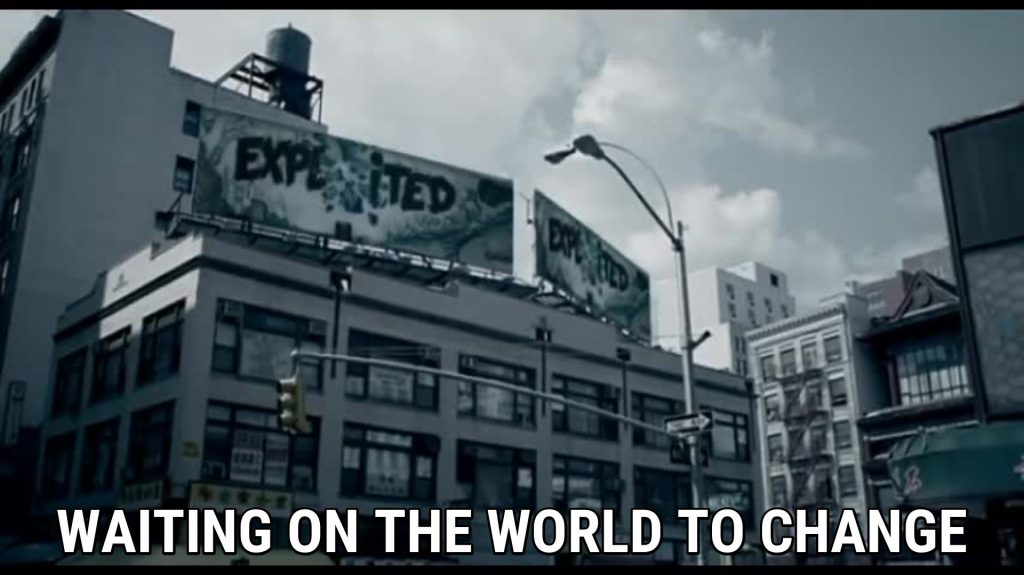
From war and gun-violence, to exploitation and environmental issues, the problems are rampant. However, the song’s response to these issues has caused controversy. It states, “We just feel like we don’t have the means, To rise above and beat it.” Mayer feels powerless against the systemic problems he encounters. He and his friends, like the graffiti artists, are outsiders, they’re “standing at a distance” which means “It’s hard to beat the system.” Mayer is content to sit back and wait for changes to occur, until his generation “rules the population.” Critics take issue with this stance. As YouTube user Sebrina Greggs points out, “all it takes for evil to prevail is for good people to do nothing.” User Elani Aniyvwia elaborates: “We need to stop waiting for the change and be the change. Dr King didn’t wait. Neither did Mother Theresa. They became the change and changed the world!! We are the ones that have the power to change the world. We need to stop waiting and be the change.” TheBuddyLama says “Waiting = Apathy.” This critique of Mayer’s hit song comes from other sources. An NPR article claims that “Rather than urging people to change the world, he seems to say, there’s nothing we can do.” Mayer comes to his own defense: “Look, demanding somebody do anything in this day and age is not going to fly…All I want a song to do is just to kind of present an idea…”
-Youtube User Elani Aniyvwia
We are the ones that have the power to change the world. We need to stop waiting and be the change.
So where is the line between political action and making demands that will turn off others? How do we seek change in a way that does not alienate others, but instead brings them in as allies? Mayer seems to suggest the moderate approach of starting a conversation, but not being overbearing. Like the graffiti artists, Mayer outlines a problem that must be solved but does not offer a solution. He is content to begin a conversation and back away. But will this really “bring out neighbors home from war?” Mayer is ok with waiting, and says that, “All I want a song to do is just to kind of present an idea…”
Whatever the critique of John Mayer, whether wittingly or unwittingly, Waiting on the World to Change” began a conversation which has continued on years after the song’s release. Perhaps it worked; for the world to change, first we must have these conversations. At Mayer’s expense, perhaps the wait has grown a little bit shorter.
Sources:
https://www.songfacts.com/facts/john-mayer/waiting-on-the-world-to-change
http://theinspirationroom.com/daily/2007/john-mayer-waiting-on-the-world-to-change/
https://www.npr.org/templates/story/story.php?storyId=7765148



